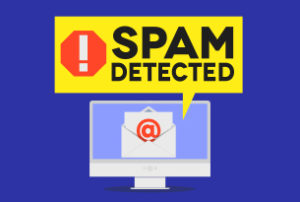Most organizations invest in their social footprint. They start with a strategy, then execute it, monitor it, and if they are good, they feed these results back into the strategy. A feedback loop is critical, as it both injects market knowledge into the organization, and enables continuous improvement.
Unfortunately, this loop can also introduce a marketing blind spot: With all of the focus on optimization, is the strategic direction still correct? Is there a category of activity that might be missing? And are the individual initiatives focused enough… or are they too broad? One way to answer this question is to consider the relationship between social media and any other marketing initiatives. There are three ways this relationship can be categorized:
- Social Outbound: This group of activities are designed to drive users to action beyond Social Media: to a website transaction page, to a real-world location or event, to pick up the phone, or to execute some other activity.
- Social Inbound: These are activities designed to move people into the Social Media world. Examples include hashtags at conferences to “continue the conversation”, Social Media-based product support forums, and social links on advertising, marketing collateral, and signage. A Social Inbound strategy is designed to amplify real-world initiatives online.
- Social Community: This category of initiatives are designed to foster action within Social Media. Usually this is done for the purpose of increasing brand affinity, market research, or advocacy. As the community becomes more vibrant, it becomes a strategic asset – something that competitors cannot so easily replicate.
This week’s action plan: How do your Social Media activities stack up? This week, divide your initiatives between these groups, and see how it looks. While every organization is different, the best strategies have strength in all three.
Marketing insight: There is a critical interrelationship between the three strategies. Social Inbound drives users to the community. Social Community builds trust. Social Outbound monetizes the relationship. Or said another way, Social Inbound, Social Community, and Social Outbound all have their place on the relationship curve, driving users from awareness to preference, trial, and commitment. (More on the relationship curve here.)











